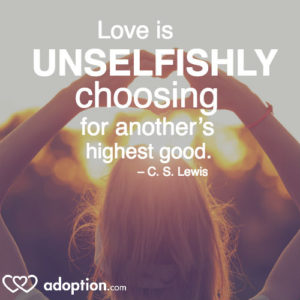January 24, 2018
How Do I Prepare For My Transracial Adoption?
Transracial adoption is a beautiful thing, but talking about race can be uncomfortable—especially if it’s a culture with which you’re not familiar. How will you talk to your child about race? How will other people talk to your child about race? What challenges might your child or family have? These are excellent questions and legitimate concerns—and they shouldn’t stop you from adopting a child of another race. Here are a few thoughts on preparing for a transracial adoption.
Find support. Think of your community. Will your child always be the minority in the place you live? That’s not a reason to not adopt a child from another race, but it is something to consider, and finding people who share your child’s cultural history not only offers support for you and your family, but your child as well. These individuals can help answer questions you may have about experiences with race, as well as resources, groups, or individuals in your community that can offer help and support.
What about your personal community? Church, family, friends, a book group, a volunteer organization—each of these spaces can help expand your network to bring more people into your family’s life that identify with your child, or the experience of adopting a child of another race. It is okay to ask questions, to not know everything, or to rely on others for help. That is what communities are for!
Read. There are so many incredible books, blogs, and resources for learning about other cultures and transracial adoption experiences. Books and articles written by individuals who have shared a similar experience are invaluable and can help answer some of the tougher questions about race, and the experience of parenting a child whose race and culture differ from your own.
Stock your home. Simply put, non-white children don’t have the same resources as white children for reading or learning about kids who share their experience. Diversity is a growing trend in children’s literature, and it’s a good idea to stock up and have children’s books, TV shows, movies, and iconography that supports their race and culture. White children receive ample exposure to children of their same culture—children from other races deserve the same.
Do your research. What are the cultural norms and traditions shared by your child’s culture? Are their holidays different? What are the best ways of taking care of their hair and skin? What do they celebrate and what is their belief system? Research as much as you possibly can about your child’s culture so you can fold their culture into your own, sharing traditions, celebrating holidays, honoring beliefs, and nurturing their body in the ways that are authentic to their heritage.



